| Pesticide class | Fungicides |
|---|---|
| Active ingredient | Mancozeb |
| Formulation | 80% WP |
| Resistance group | FRAC: M3 |
| PHI | 10 day |
| Acute Oral LD 50 for Rats | 5000< mg/kg |
Mancozeb 80% WP
It is A broad spectrum protectant fungicide with contact action (combination of two fungicides Zainab and Manab). It belongs to the Dithiocarbamate. It is a multi-site inhibitor, toxic to fungal cells membranes. It contains zinc and manganese essential trace elements involved in the metabolism of plants. A protective fungicide which reacts with, and inactivates sulfhydryl (SH) groups of aminoacids and enzymes of fungal cells, resulting in disruption of lipid metabolism, respiration and production of ATP.
Cases and dosage
|
Crop |
Disease |
Dosage |
|
Wheat |
(Tilletia tritici) |
2/1000 (Disinfection of seeds) |
|
Almonds |
(Polystigma amygdalinum) |
2/1000 |
|
Citrus |
(Phyllocoptruto oleivora) |
2/1000 |
|
Tobacco |
(Peronospora hyoscyami f.sp tabacina) |
1-2/1000 |
|
Alfalfa |
(Pernospora aestivalis) |
2/1000 |
|
Chickpea |
(Didymella rabiei) |
2/1000 |
|
Clove |
(Uromyces dianthi) |
1.5-2/1000+ 0.5/1000 Surfactant (Prevention) |
Application management
- Mancozeb is prohibited for use on vegetables and summer vegetables (approved by the meeting of the Poisons Supervision Board on 7/7/76)
- In almonds, after the petals fall and the young leaves open, foliar spraying is done
- B. blackworm in cereals, the seeds must be treated with this toxin before planting.
- For Yahan’s white blood disease mentioned in the table above, by observing the first symptoms of B
Related products
Acord (Prochloraz Manganese Chloride 50% WP)
Tebuconazole 25% EW
Iprodione + Carbendazim 52.5% WP
It is a systemic and contact fungicide with protective and curative with a broad-spectrum action. It belongs to the dicarboximide and benzimidazole. The point of impact of Iprodione, Affects inhibits fungal spore germination and mycelial growth and for Carbendazim is inhibits beta-tubulin synthesis and disruption in mitosis division.
Propiconazole 25% EC
It is a systemic fungicide with protective action It belongs to the family of triazolaIt is a systemic fungicide with protective action It belongs to the family of triazola. It is a potent ergosterol biosynthesis inhibitor. Ergosterol, a principal sterol in most fungi is an indispensable component in the membrane structures. It is transported acropetally (upwards) in the xylem. . It is a potent ergosterol biosynthesis inhibitor. Ergosterol, a principal sterol in most fungi is an indispensable component in the membrane structures. It is transported acropetally (upwards) in the xylem.
EQUALIZER (Famoxadone+ Cymoxanil 52.5% WG)
It is an eradicating fungicide with protective and curative action. It belongs to the Oxazolidinedione and Cynoacetamide oxime. The mode of action of Famoxadone results in the inhibition of ubiquinol cytochrome C oxidoreductase enzyme in complex III of cellular respiration. The mode of action of Cymoxanil is not well known and it has an effect on protein production and DNA synthesis of mycelium growth and prevents the formation of disease-causing fungus cells.
Sulphur 80% WDG
Boscalid+ Pyraclostrobin 38% WG
Boscalid fungicide, with systemic and penetrative action, belongs to the group of pyridine carboxamides. It is absorbed by the leaves and is well distributed throughout the plant tissues. It inhibits electron transfer in Complex II of the respiratory chain. Piraclostrobin with a systemic action is quickly absorbed by the plant and has a protective, curative, and eradication action that inhibits cellular respiration at the Qo site of complex III of the respiratory chain. Boscalid + Pyraclostrobin fungicide, systemic, protective, and curative effects, that is quickly absorbed by the plant and controls disease well.
Dodine 65% WP
It is a systemic, preventive, and curative action. It belongs to the guanidine family, which disrupts the cellular respiration of the pathogen by changing the integrity and permeability of the cell membrane. The mode of action of this fungicide is due to the presence of guanidine, which non-specifically disrupts the structure of the membrane. The lipophilic part of Dodine binds to the lipid part and its polar part to the phosphate group of the phospholipid, causing structural disruption, membrane permeability change, nutrient absorption disruption, and respiratory inhibition.


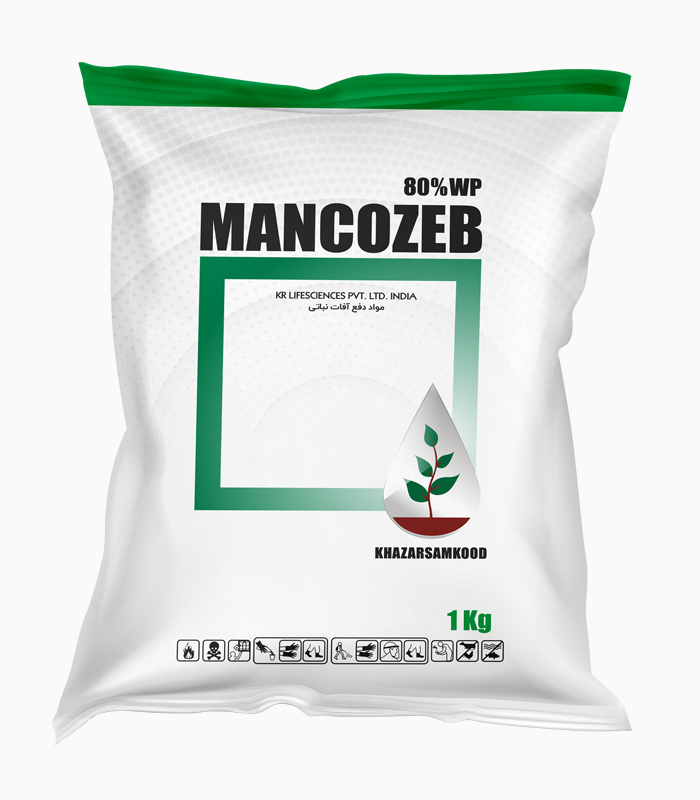
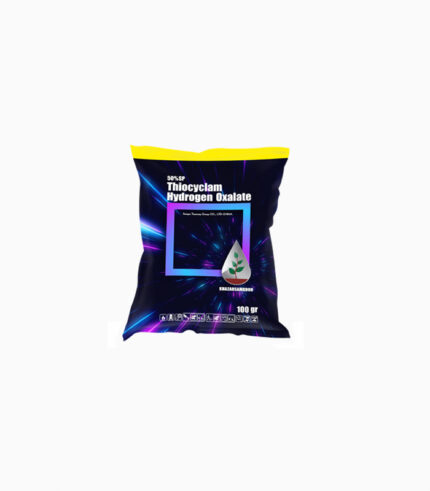
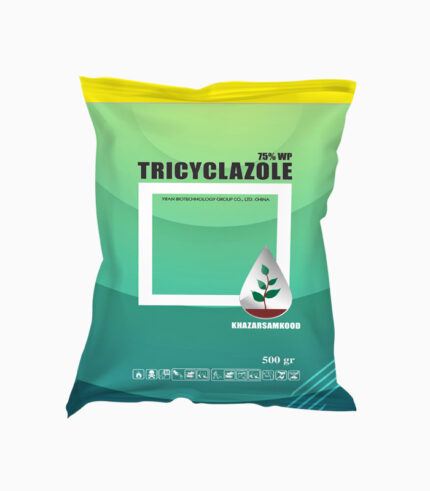

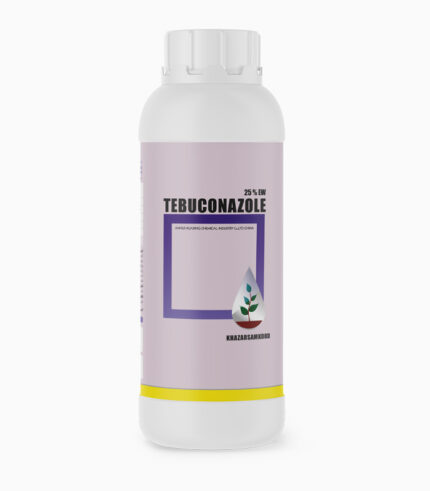
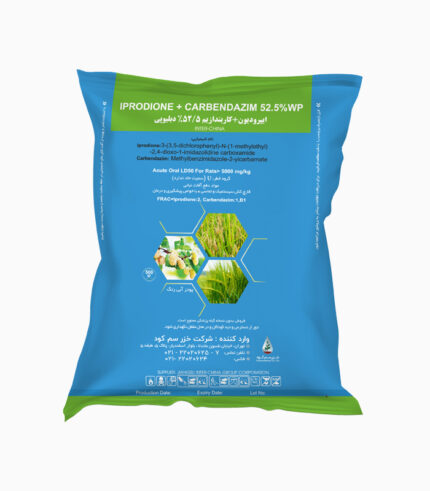
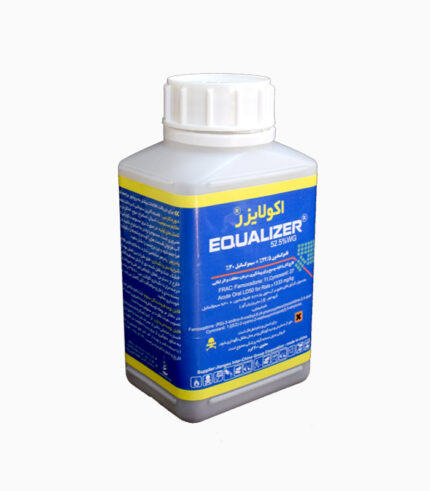


Reviews
There are no reviews yet.